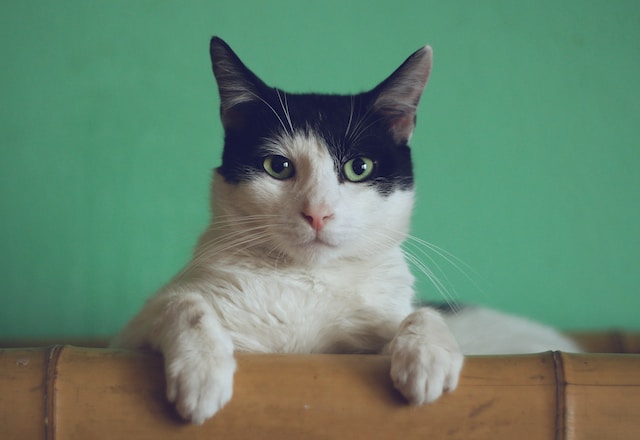Trimming your cat’s nails is an important part of their overall health. It is vital to avoid cutting the pink area in the nail (called the quick) which contains nerves and blood vessels that will cause bleeding if snipped. Continue reading this blog to learn more about professional cat nail trimming!
Ideally, cats should be desensitized to having their feet handled and their nails clipped. This may take some time but will result in a much more pleasant experience for your cat during future nail trims.
Professional Cat Nail Trimming Ensures Safety
It’s possible to trim your cat’s nails at home, but it takes time and patience. Many cats resent being restrained for this process and may attempt to wiggle, bite or scratch during the trimming. You will also need to familiarize yourself with the anatomy of your cat’s paw and nails and have the proper equipment.
During the nail clipping process, one person should gently restrain and reassure the cat while the other extends each nail and uses a pair of nail clippers to remove the sharp tip. Be careful not to cut the pink portion of the nail called the quick, which contains nerves and blood vessels. Bleeding from accidentally snipped nails can be controlled using a styptic powder or damp cotton ball.
Try to do this during a calm time when your cat is relaxed and not excited or hungry. This may be during playtime, right after a meal or when they are napping on your lap.
A Professional Trimming Will Provide Comfort
Keeping your cat’s nails trimmed can help them feel more comfortable physically. When cats’ claws are too long, they can curl into their paw pad and cause pain for them. It can also make them susceptible to infections and may even lead to the nails breaking off under their own weight!
Trimming a cat’s nails at home is possible, but it will take some time and patience to get your cat accustomed to it. It is best to start this process when the cat is young so that they are more accustomed to having their paws touched by humans.
You will need to have special nail clippers made specifically for cats, which are typically smaller than scissors and include notches that will hold the nails in place. You will need to be very patient and gentle when handling your cat, as he or she may wiggle and bite during the nail trimming process. Rewarding your cat with treats and praise will help make the experience a more pleasant one for both of you.
A Professional Cat Nail Trimming Will Save You Time
Many cat owners are reluctant to trim their cats’ nails because they don’t have the time. However, if you start when your cat is young, it’s easy to get them used to nail trimming with positive reinforcement and minimal stress for both of you.
Nail clippers for cats have a narrower blade than standard nail scissors, which helps to prevent accidental cuts of the quick (the pink portion of the nail that contains nerves and blood vessels). Even with careful trimming, it’s possible to hit the quick while cutting a nail. This can result in a small amount of bleeding, which can be easily stopped by pressing some styptic powder or silver nitrate stick against the end of the nail.
Some kitty’s nails will naturally wear down due to routine play and scratching. Others will need to be trimmed regularly. If your kitty resents having her nails clipped, it may be necessary to seek professional help in a veterinary setting.
It Will Save You Money In The Long Run
If your kitty is particularly stubborn about having their nails clipped or won’t sit still, it can be time to consider professional cat nail trimming. Using speciality clippers, the process is less stressful and much faster for both you and your feline.
Regardless of whether you choose to cut your kitty’s nails yourself or have them professionally done, be sure to never cut the quick. This slightly pink portion contains blood vessels and nerves, and if you cut into it while trimming your cat’s nails, they will bleed.
To get your kitty used to having their feet handled, start by playing with them and gently stretching and pressing on their pads. Pet them frequently and offer lots of praise and treats to make it a positive experience. Also, keep in mind that some cats—especially diabetic cats, hyperthyroid cats or older cats—don’t slough their nails the same way that other cats do, so they may need to be trimmed more often.
Contact Us For Professional Cat Nail Trimming
If you are interested in professional cat nail trimming, contact us to learn more today!

